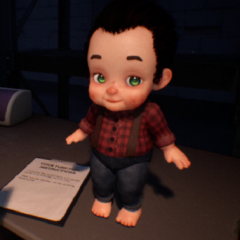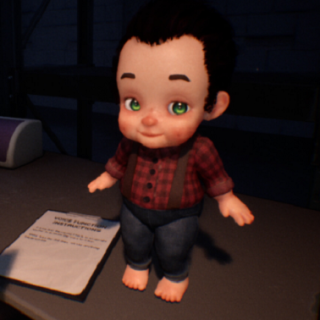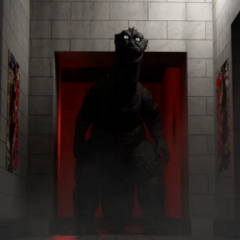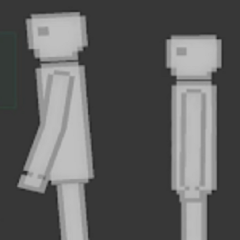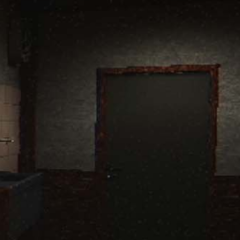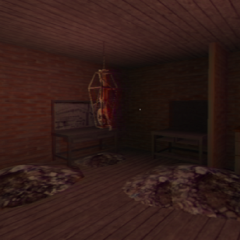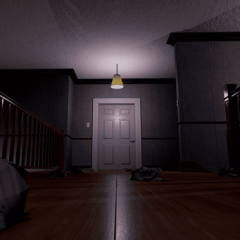Dollmare places you in the role of a new hire at a doll factory, where the task seems simple: inspect dolls for flaws. But it doesn’t take long before the quiet job reveals something wrong beneath the surface. You’re not running from threats or battling monsters—your task is to observe, identify, and stay alert. Some dolls twitch. Some blink when they shouldn’t. The horror here doesn’t scream—it waits, it watches, and it lingers in the stillness.
Rules, Routines, and Tension
Your tasks are clear: check the dolls, maintain the equipment, and follow the instructions, even when they seem strange. Sometimes you’ll be told to ignore things. Other times, you’ll have to act without understanding why. These small rules carry weight, and breaking them might change what happens next. Each shift feels different, not because the game tells you it is, but because it quietly rearranges events, giving each playthrough a sense of uncertainty. You are left to question if what you saw was real—or if it was supposed to be ignored.
Fear Without the Chase
Dollmare avoids traditional horror setups. There are no loud jumpscares, no sudden chases, and nothing overtly violent. The fear here builds through atmosphere and unpredictability. The factory itself feels like it’s watching. The dolls never speak, but they leave impressions—small movements, empty stares, subtle changes when you look away. This is a horror game made by people who didn’t want to be startled but still wanted to feel fear. The result is quiet dread that slowly surrounds the player, creating tension that doesn’t need to shout to be heard.

